Italian Usuba made in Japanese style will allow you to be able to cut very thin slices of any vegetable. Even if you are good enough, you will not be able to perform a Katsuramuki with this utensil, because for the preparation of sashimi and other vegetable and fish dishes, it is advisable to use a flared blade such as that of the usuba. You will be able to cut 90 degrees, however, without having to correct the cut, and you will be able to sharpen its symmetrical edge blade more easily.
 This item is only for sale to people over 18 years old, if you are under 18 years old you cannot purchase it. By proceeding with your order you declare that you are of legal age.
This item is only for sale to people over 18 years old, if you are under 18 years old you cannot purchase it. By proceeding with your order you declare that you are of legal age.
86,00 €
In stock
Japanese cutting techniques require perfect, razor-sharp tools that can cut vegetables and fish with the utmost precision. For this reason, Due Cigni has made an Italian Japanese-style Usuba (we point out that was initially an Usuba, but subsequently Two Swans realized it with symmetrical blade and is therefore to be considered for all intents and purposes a Nakiri ), built through careful study of Oriental blades and the now-acquired knowledge of perfect machining and sharpening techniques.
Very simple but at the same time very elegant it has a 4116 stainless steel blade, the one we often find in the market with the code X50CrMoV15, nitrogen and its blade becomes, from the end of the cutting edge to the bottom of the ‘handle, the supporting structure of the handle, supporting its bezels in olive wood. They were in fact attached to it with rivets, perfectly integrated and level with the surface.
The Nakiri is considered in the East to be a knife for domestic use, as is also the Santoku, while their twins, the Usuba and Deba (same shape but flared blade with an asymmetrical edge), despite their bulk, allow for greater operability and the performance of even different tasks that could not be performed with a symmetrical edge blade. In fact, the Usuba allows even large vegetables to be peeled, which is why it is one of the first blades that oriental cooks must learn to use in order to perform Daikon Katsuramuki. The Deba, on the other hand, is used as a small cleaver and for effectively filleting fish.
With the Nakiri, however, you can chop, mince, and use its blade for top-to-bottom cuts to create wafer-thin slices of vegetables, fruits, and greens. The cuts are effective and very precise, and this tool, specifically for vegetables, proves very useful because of the ease of cutting and chopping food by grasping it from the edge, on the top of the blade.
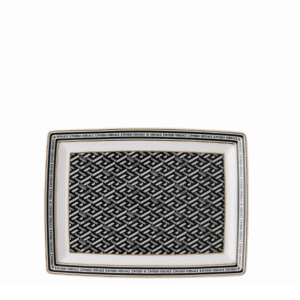
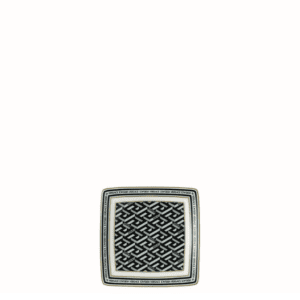
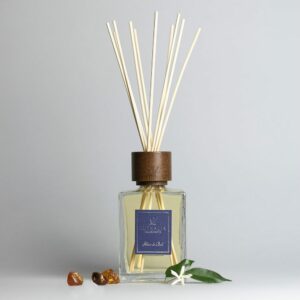
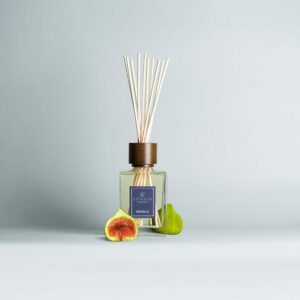
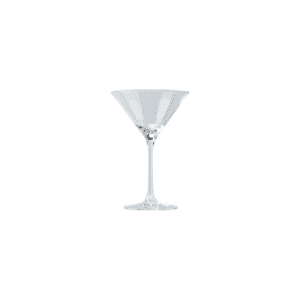
Schedules
Tue – Sat:
08:30-12:30, 15:30-19:30
Sun – Mon:
Closed
Address: Corso Statuto, 22,
12084 Mondovì CN
Phone:
+39 0174 40236
Email: ferramentabriatore@gmail.com
Copyright © 2023 Ferramenta Briatore – Powered by 00 UP